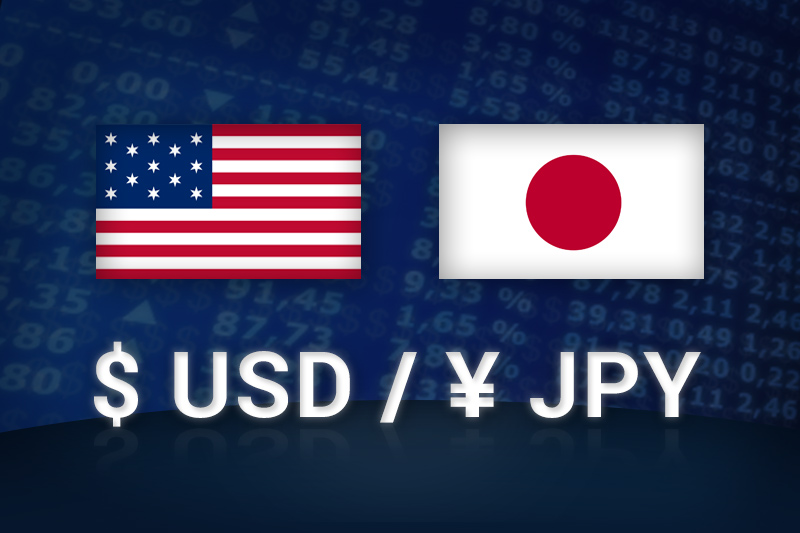Investing.com - The U.S. dollar gained some strength against the Japanese yen during Wednesday’s Asian session ahead of the conclusion of the Federal Reserve’s two-day meeting later Wednesday.
In Asian trading Wednesday, USD/JPY rose 0.18% to 95.52. The pair was likely to find resistance at 95.81, Friday's high, and support at 93.80, Thursday's low.
The dollar’s up move against the yen Wednesday could be a sign traders are expecting the Fed to announce something in the way of tapering, or worse, the end of its USD85 billion per month bond-buying program.
Easing programs usually depress the associated currency, so the end of the Fed’s stimulus efforts is expected to be dollar positive.
In U.S. economic news out Tuesday, the Labor Department said the U.S. consumer price index rose 0.1% last month after falling 0.4% in April. Economists expected a 0.2% increase. Excluding food and energy prices, the index was up 0.2% as expected.
The Commerce Department said housing starts rose 6.8% in May to a 914,000 annualized rate from a revised 856,000 in April. Applications for single-family homes jumped to 622,000, the highest level in more than five years.
Those data points are pretty solid and come on the heels of mostly good data out of the world’s largest economy over the past few months. An improving outlook for the world’s largest economy could give the Fed the room to taper, an action some traders see arriving as soon as late in the third quarter.
Elsewhere, AUD/JPY inched down 0.05% to 90.39. NZD/JPY nudged down 0.02% to 76.17 after Statistics New Zealand said that New Zealand’s current account balance fell to a seasonally adjusted to NZD660 million in the first quarter from NZD3.26 billion in the fourth quarter. Analysts expected a decline to NZD600 million.
In Asian trading Wednesday, USD/JPY rose 0.18% to 95.52. The pair was likely to find resistance at 95.81, Friday's high, and support at 93.80, Thursday's low.
The dollar’s up move against the yen Wednesday could be a sign traders are expecting the Fed to announce something in the way of tapering, or worse, the end of its USD85 billion per month bond-buying program.
Easing programs usually depress the associated currency, so the end of the Fed’s stimulus efforts is expected to be dollar positive.
In U.S. economic news out Tuesday, the Labor Department said the U.S. consumer price index rose 0.1% last month after falling 0.4% in April. Economists expected a 0.2% increase. Excluding food and energy prices, the index was up 0.2% as expected.
The Commerce Department said housing starts rose 6.8% in May to a 914,000 annualized rate from a revised 856,000 in April. Applications for single-family homes jumped to 622,000, the highest level in more than five years.
Those data points are pretty solid and come on the heels of mostly good data out of the world’s largest economy over the past few months. An improving outlook for the world’s largest economy could give the Fed the room to taper, an action some traders see arriving as soon as late in the third quarter.
Elsewhere, AUD/JPY inched down 0.05% to 90.39. NZD/JPY nudged down 0.02% to 76.17 after Statistics New Zealand said that New Zealand’s current account balance fell to a seasonally adjusted to NZD660 million in the first quarter from NZD3.26 billion in the fourth quarter. Analysts expected a decline to NZD600 million.
